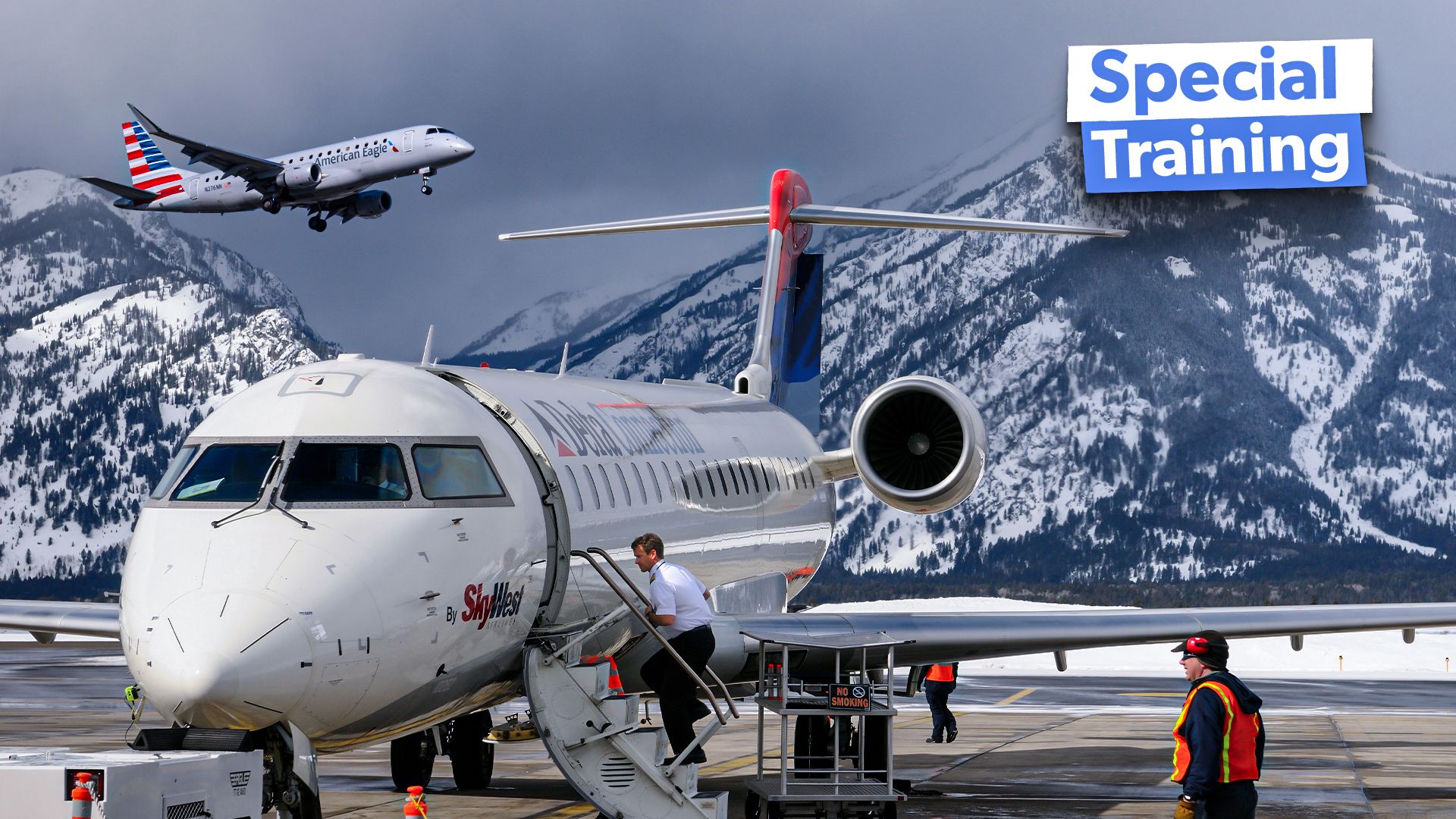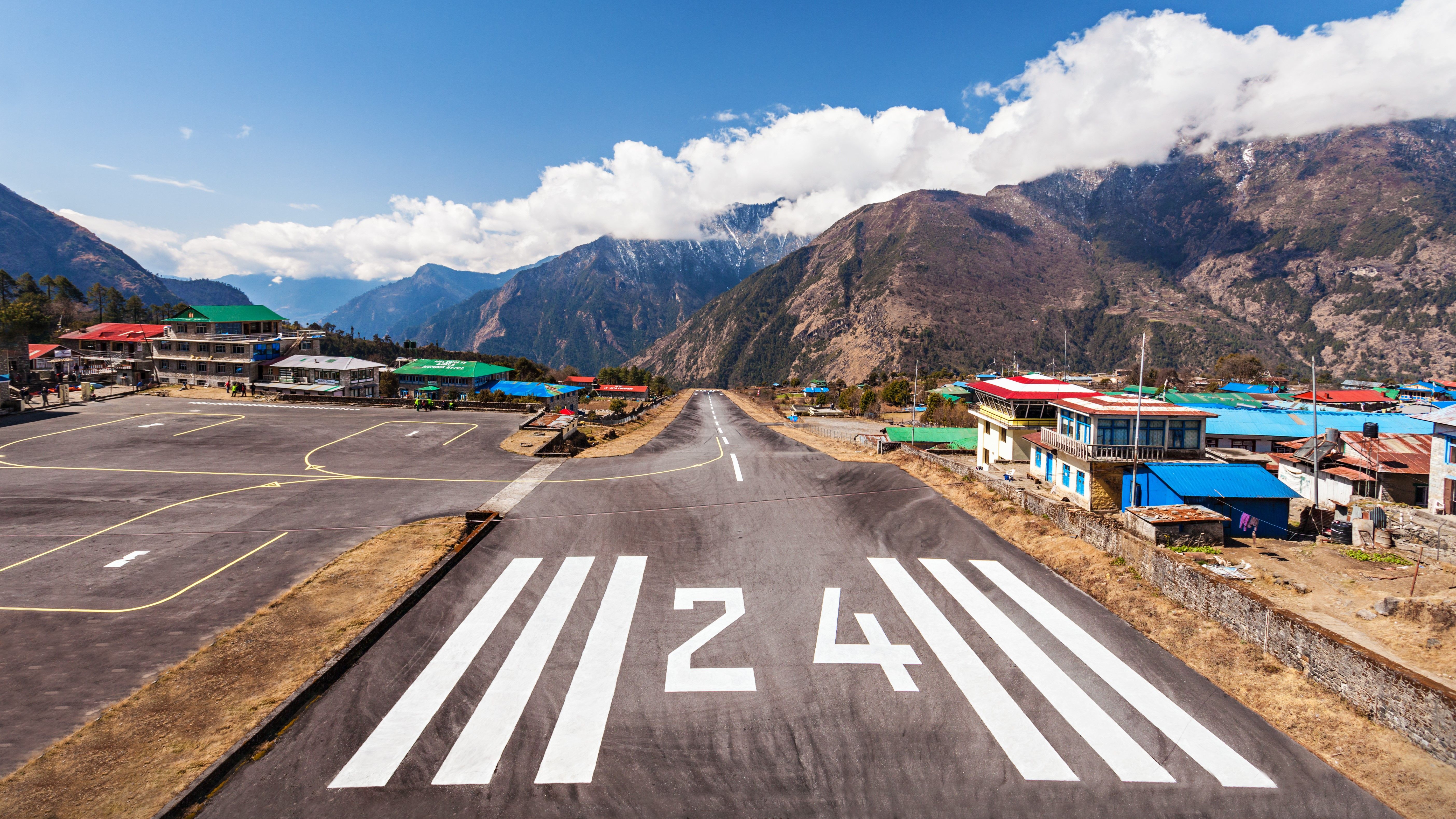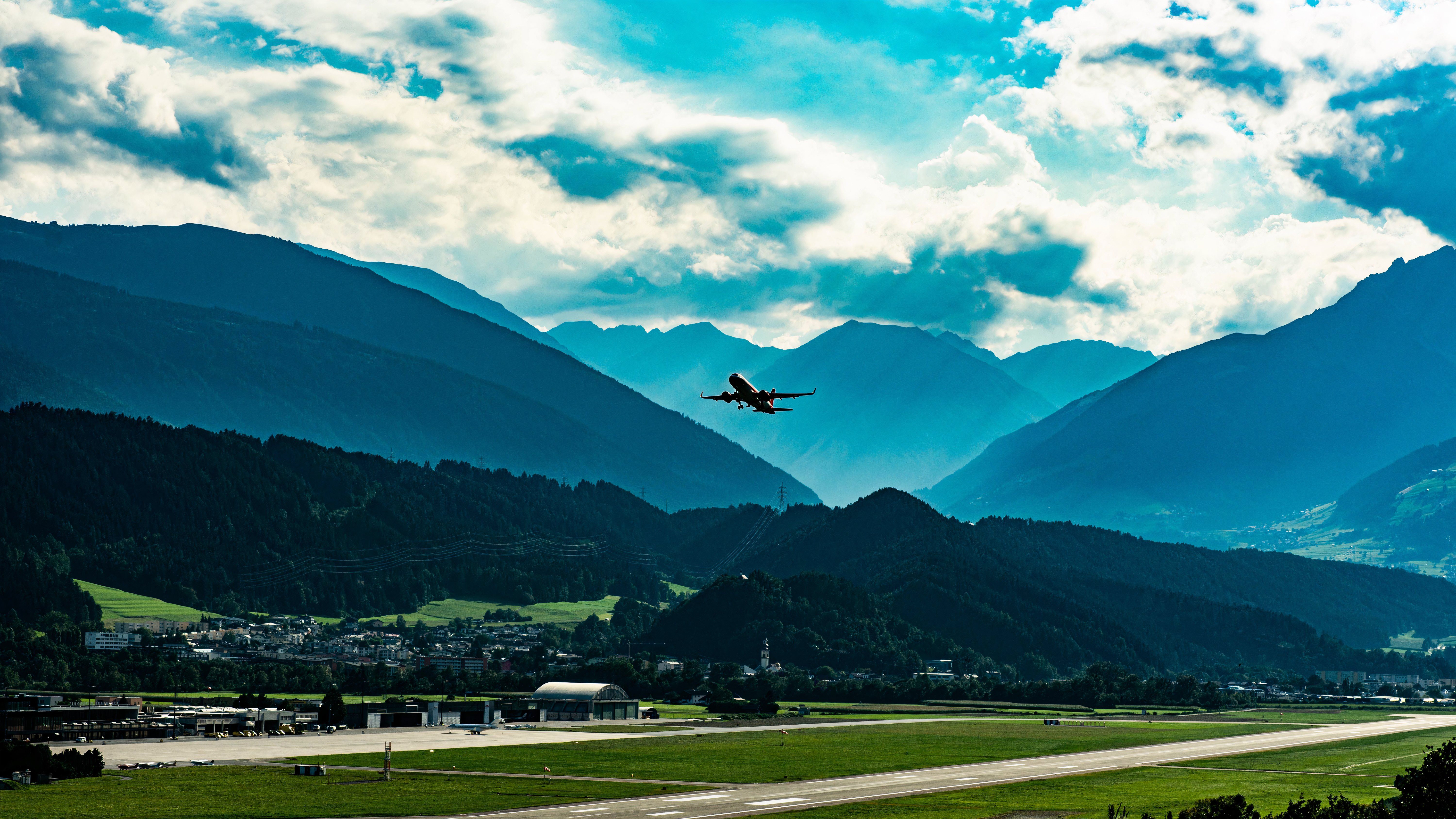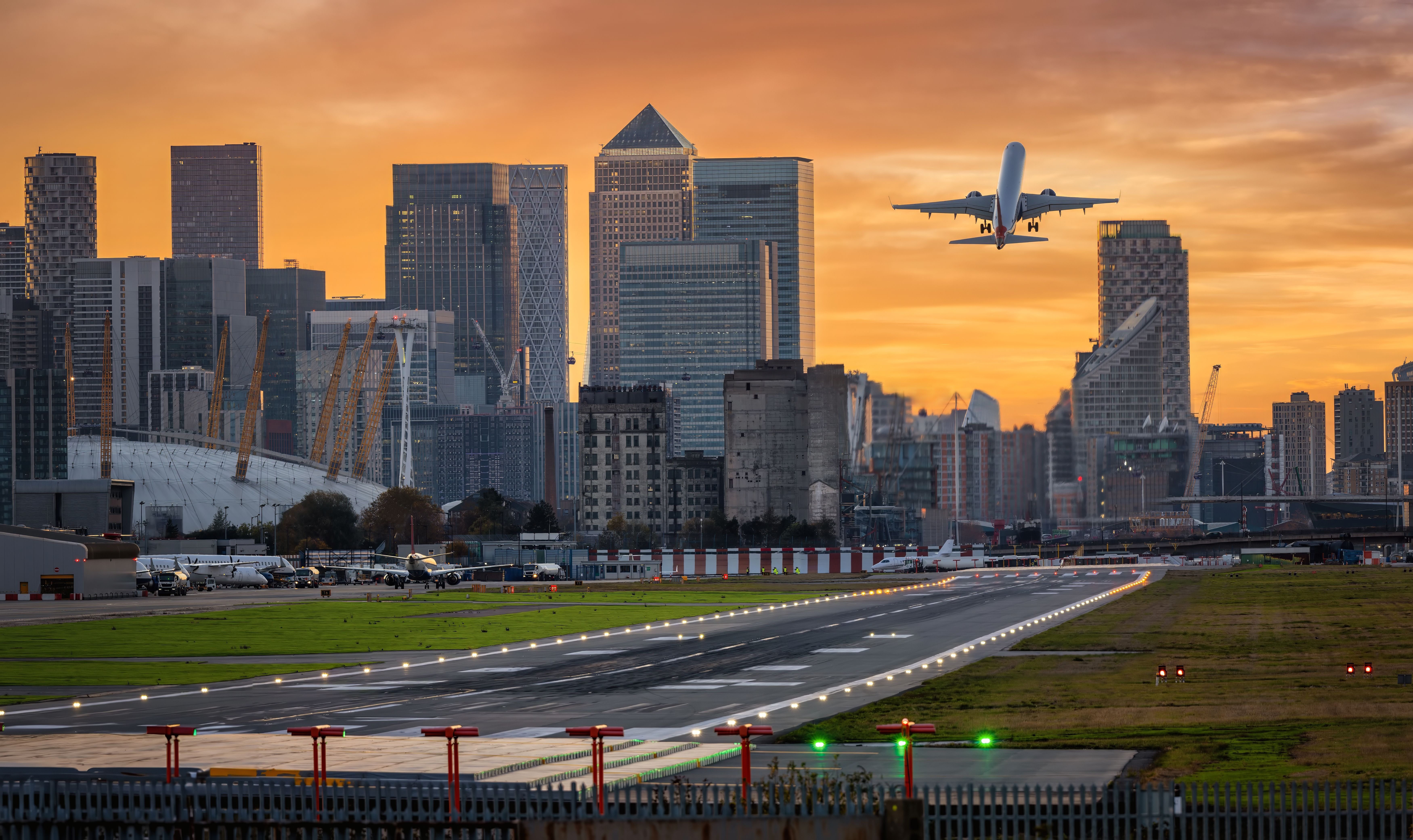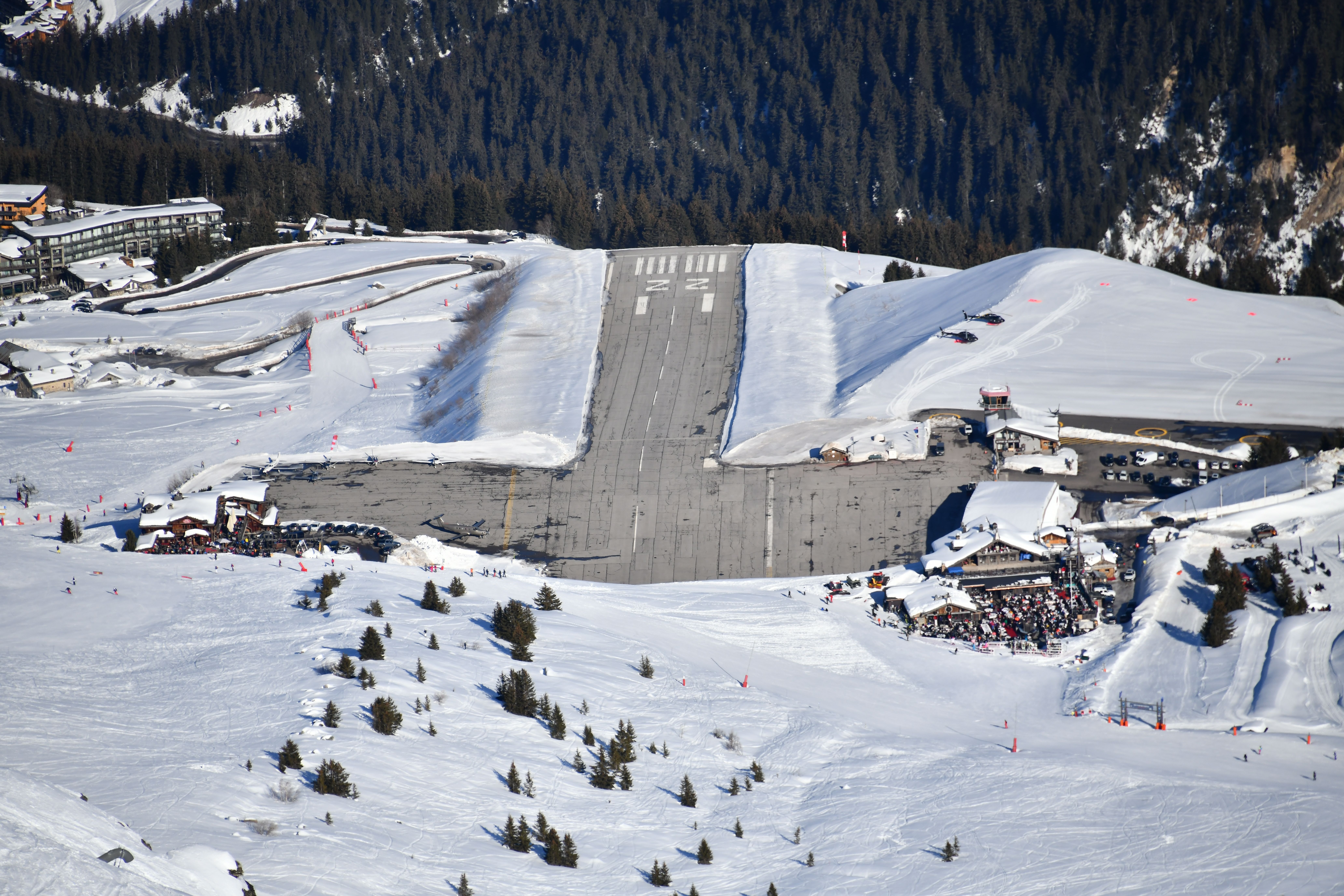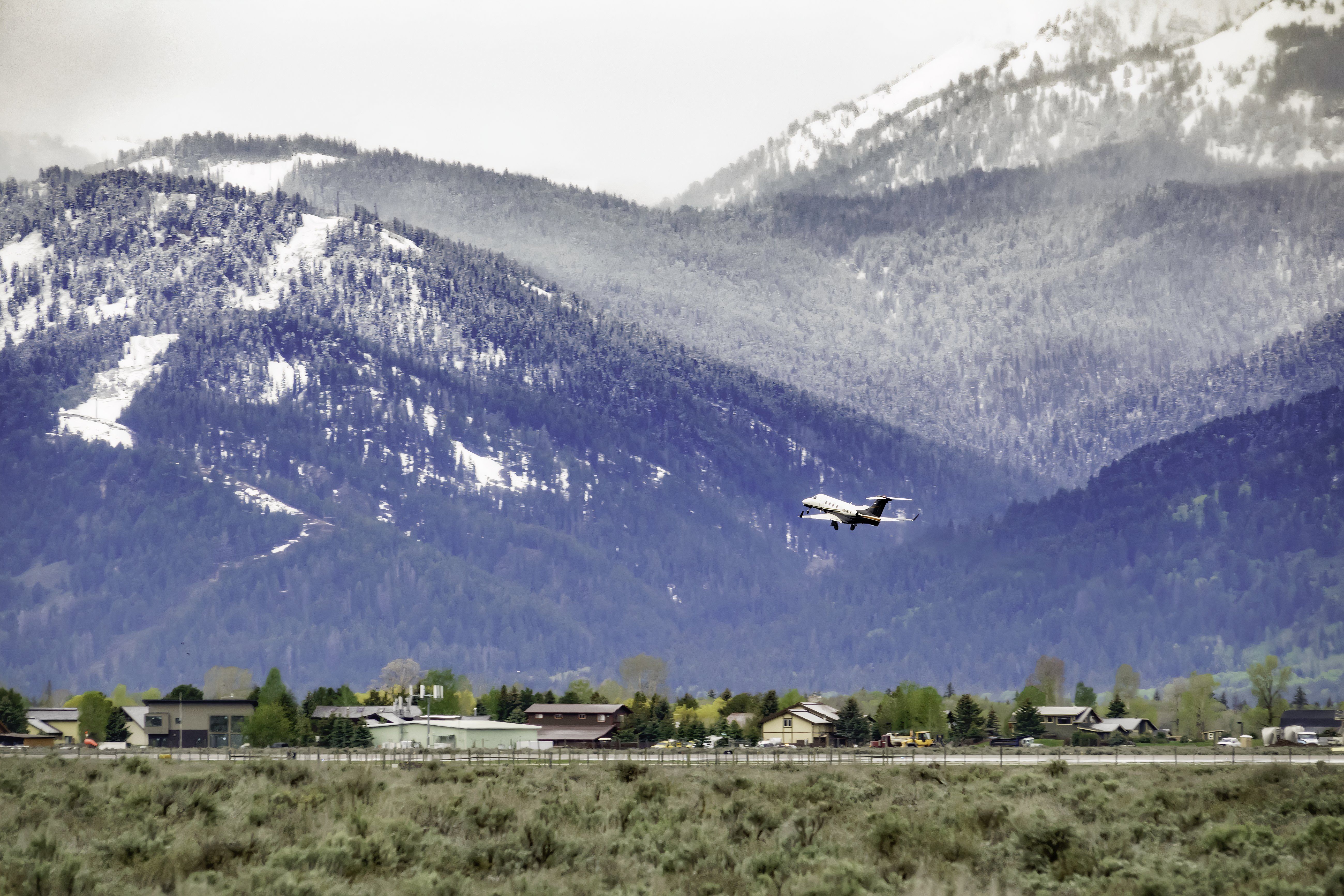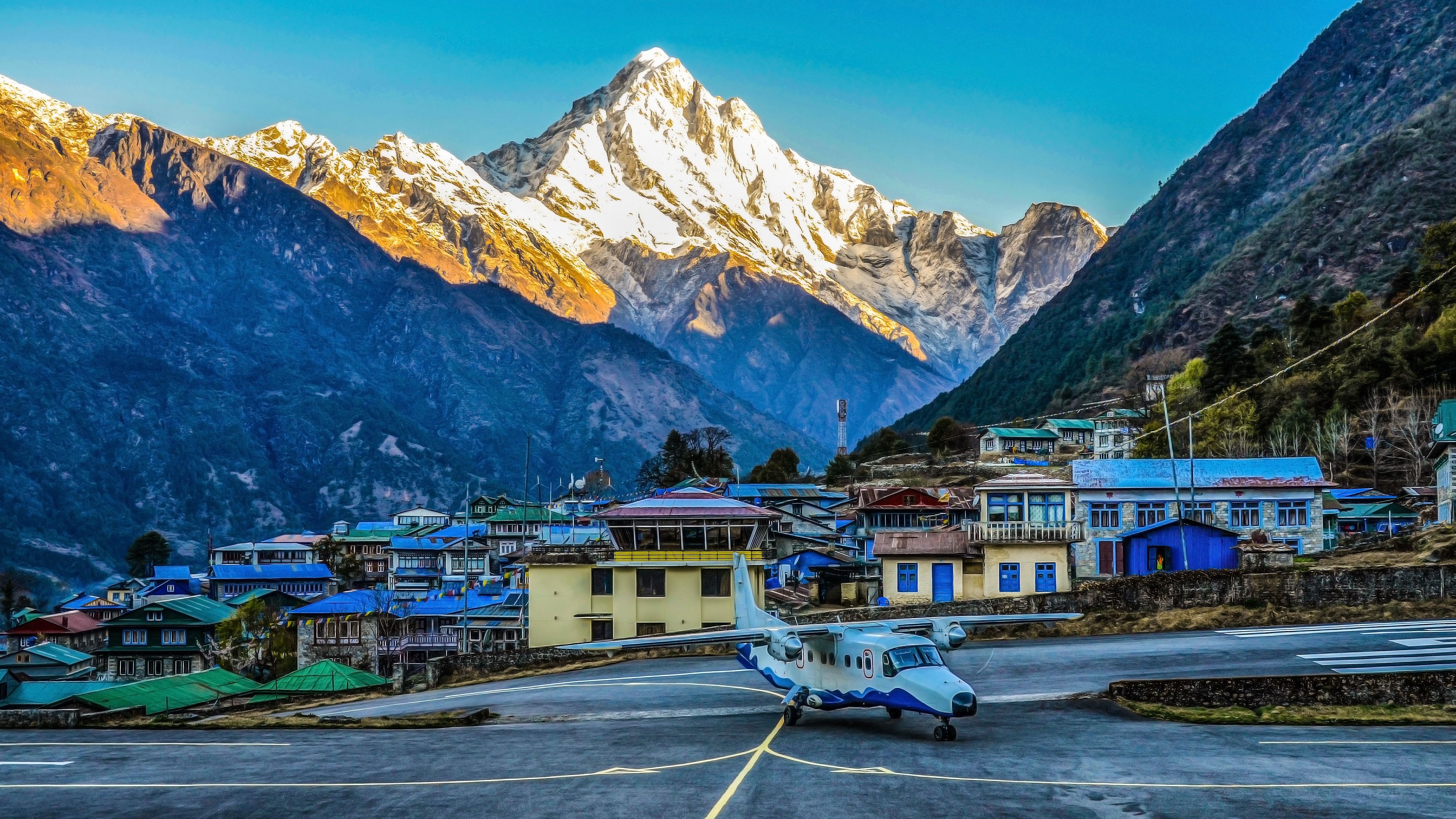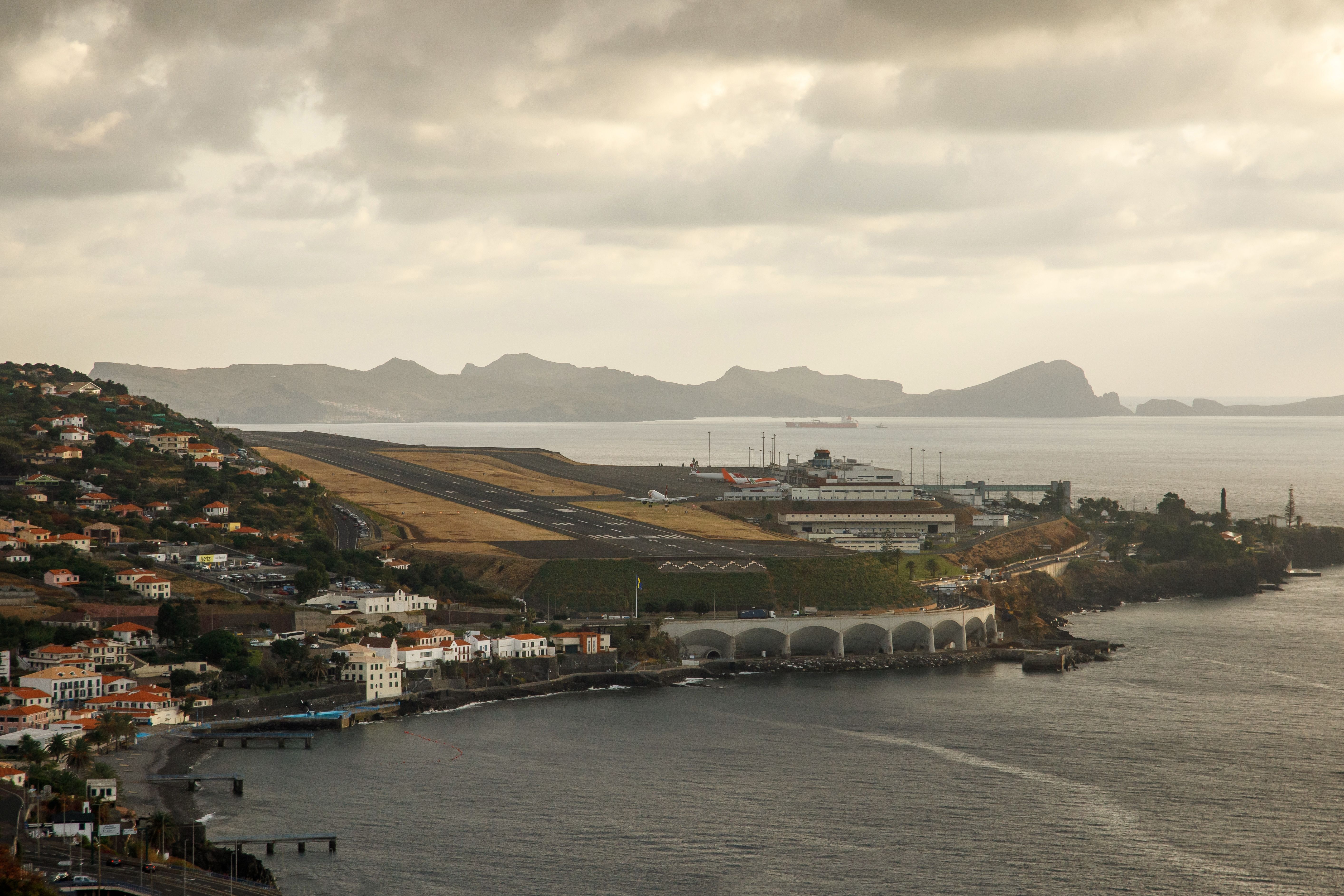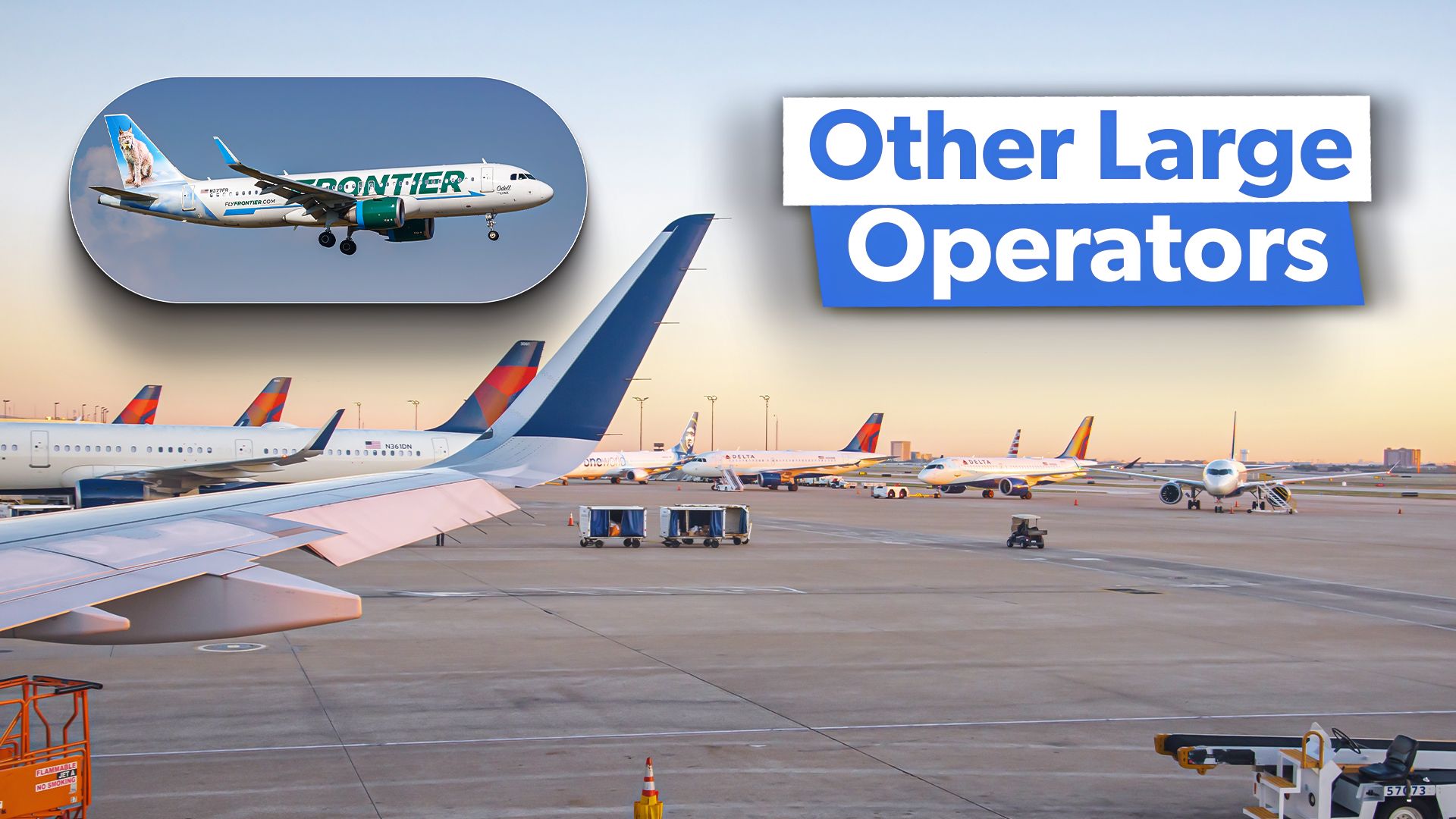Summary
- Special training is required for pilots at challenging airports due to geographical, weather, and runway complexities.
- Pilots must undergo rigorous training, including simulator sessions, to handle unique challenges at Category C airports.
- This specific training is crucial for safety, operational efficiency, and compliance with international regulations.
Pilots undergo extensive training before they can command an aircraft, but certain airports require even the most experienced pilots to acquire additional qualifications. These airports present unique challenges due to their geography, weather, or infrastructure, making them more demanding than standard operations.
A recent incident involving an Alaska SkyWest flight, which had to divert because the pilot was not qualified to land at Jackson Hole Airport (JAC), underscores the importance of this specialized training. We’re exploring the factors that necessitate specific training and the rigorous preparation required to ensure safety in such challenging environments.
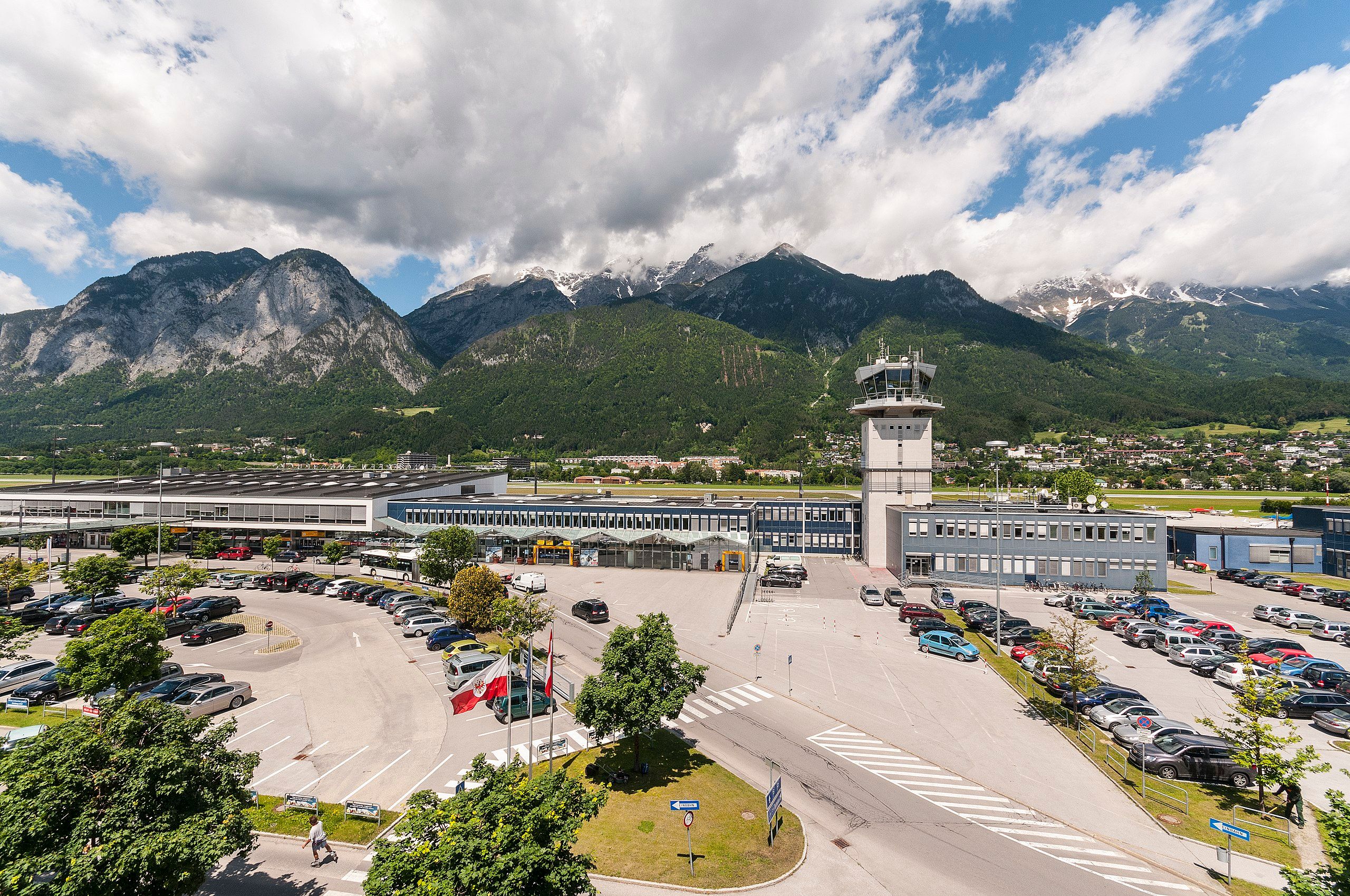
Related
Challenging But Stunning: Innsbruck Airport & Its Mountainous Approach
The facility is closing in on 100 years of operations.
Understanding airport challenges
Landing an aircraft is often described as both an art and a science, especially at airports located in complex environments. The difficulties can be broadly categorized into geographical challenges, weather conditions, and runway configurations.
Photo: saiko3p | Shutterstock
Geographical challenges
Airports situated in mountainous regions or valleys, like Paro Airport in Bhutan, require pilots to navigate through tight valleys at high altitudes, making sharp turns to align with the runway in a last-minute maneuver. Lukla Airport in Nepal, known as the gateway to Everest, is another extreme example. With a runway length of just 527 meters (1,729 feet) ending in a steep drop, it demands a whole different level of precision and accuracy.
Photo: Wirestock Creators | Shutterstock
Weather conditions
Weather can be a formidable adversary for pilots, especially at airports like Madeira in Portugal or Innsbruck in Austria. Madeira’s airport, perched on a cliff, is notorious for its unpredictable and strong crosswinds. Innsbruck’s location in the Inn Valley, surrounded by the Alps, means pilots must be prepared for sudden turbulence and downdrafts (courtesy of the 9,000-foot mountains that offer only one way in and out). These conditions are why Innsbruck is listed among the most challenging European airports requiring special pilot training, according to an article from the Derby Telegraph.
Photo: Sven Hansche | Shutterstock
Runway length and gradient
Some airports feature short or inclined runways, adding a layer of complexity to takeoffs and landings. London City Airport, for instance, requires a steep 5.5-degree glide slope approach due to its short runway. Courchevel Altiport in France, primarily used for small aircraft, takes this to the extreme with its runway located on a steep hill. Landings can only be made in one direction and takeoffs in the opposite, regardless of wind conditions.
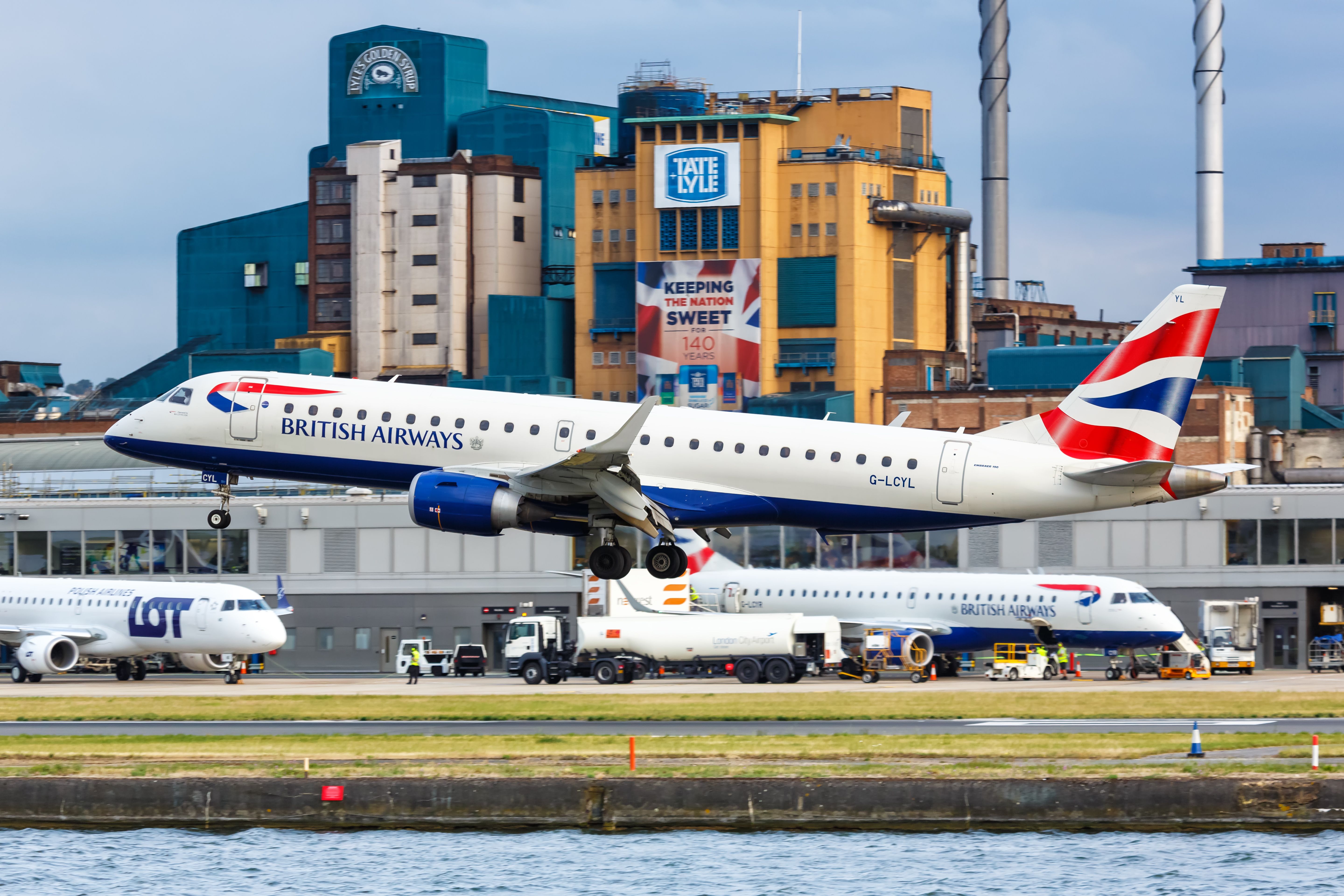
Related
London City Airport Expansion Approved: Saturday Restrictions Remain
The airport expressed its disappointment about its operational restrictions on Saturdays.
Specific training requirements
Given these complexities, pilots require specialized training to operate at such airports. This training ensures that pilots are not only familiar with the unique challenges but are also proficient in handling them under all sorts of conditions.
Category C airports
Airports are classified into categories based on their operational complexity, with Category C airports being the most challenging. According to Falcon Private Jets, pilots flying into these airports must undergo rigorous training, including simulator sessions that replicate the exact conditions they will face. Examples include:
- London City Airport: Requires training for steep approaches and precise landing techniques.
- Sion Airport, Switzerland: Pilots train for its unique approach over mountainous terrain under rapidly changing weather conditions.
- Gibraltar: Environment includes abnormal wind effects, turbulence and wind shear due to the terrain and performance-limited landing and take-off weights due to short runway.
- Other Category C airports throughout Europe: Madeira, Portugal; Mykonos, Greece; Annecy, France; Bern, Switzerland; Chambéry, France; Lugano, Switzerland; Santorini, Greece; Salzburg, Austria; Innsbruck, Austria.
Photo: raevas | Shutterstock
Top ten most challenging airports in the US
|
10 |
Aspen-Pitkin County Airport (Aspen, Colorado) |
|
9 |
Laughlin/Bullhead International Airport (Bullhead City, Arizona) |
|
8 |
Bert Mooney Airport (Butte, Montana) |
|
7 |
Yellowstone Regional Airport (Cody, Wyoming) |
|
6 |
Ronald Reagan Washington National Airport (Washington, D.C.) |
|
5 |
Juneau International Airport (Juneau, Alaska) |
|
4 |
LaGuardia Airport (Queens, New York) |
|
3 |
Mammoth Yosemite Airport (Mammoth Lakes, California) |
|
2 |
San Diego International Airport (San Diego) |
|
1 |
Telluride Regional Airport (Telluride, Colorado) |
Source: Honeywell
Simulator training
High-tech flight simulators are essential tools in this specialized training. These simulators replicate real-world conditions with incredible accuracy, allowing pilots to practice scenarios such as sudden wind shifts or equipment failures. According to Honeywell, training for challenging approaches like Jackson Hole involves simulating high-altitude effects and navigating mountainous terrain.
Certification and recurrency
Once certified to operate at a Category C airport, pilots must maintain their proficiency through periodic recurrency training. This involves revisiting and practicing the challenging aspects of these airports to ensure pilots remain sharp and fully capable of handling their complexities. For example, pilots certified to land at Innsbruck must regularly complete simulator sessions that simulate various emergency scenarios that could stem from shifting wind directions.
Real-world examples
Jackson Hole, WY, USA
Located in a valley surrounded by the Teton Range, Jackson Hole Airport presents unique challenges with its high altitude affecting aircraft performance and the mountainous terrain requiring careful planning for both approach and departure. This was highlighted by the incident involving the Alaska SkyWest flight recently.
Photo: Ken Schulze | Shutterstock
Lukla, Nepal
Lukla, often dubbed the world’s most dangerous airport, requires an extremely steep approach with no go-around option. Pilots must manage their approach speed and angle with absolute precision, as any mistake could be catastrophic. Training for Lukla involves simulator work and a thorough understanding of the region’s weather patterns.
Photo: Vojtech Flidr | Shutterstock
Madeira’s short runway and cliffside location make it one of the most challenging airports in the world. Pilots must handle strong crosswinds and complex missed approach procedures. Training includes mastering wind conditions and understanding the local topography to ensure a safe landing.
Photo: Piotr Piatrouski | Shutterstock
Why this training is needed
The need for specific training at these airports cannot be overstated.
- Safety: Above all, this training is about safety. By preparing pilots to handle the unique challenges, the likelihood of accidents is significantly reduced.
- Operational Efficiency: Proper training helps avoid delays, diversions, and associated costs, ensuring that flights operate smoothly under difficult conditions.
- Compliance: International regulations and airline policies often mandate specific training for challenging airports, ensuring safety standards are met.
The future of airport-specific training
As aviation technology advances, so does the sophistication of pilot training programs. According to Honeywell, AI and advanced simulators are transforming training, allowing for the simulation of more complex scenarios and better preparation for real-world operations. This trend is likely to expand the list of pilots with the qualifications to fly into and out of Category C airports as well.
Wrapping it up
Specialized training for pilots at challenging airports is not just a regulatory requirement; it’s essential for ensuring safety and operational efficiency. As the aviation industry continues to grow, the complexity of airport operations is likely to increase. Pilots must be equipped with the necessary skills and knowledge to navigate these challenges, ensuring safe and effective operations in any environment.

